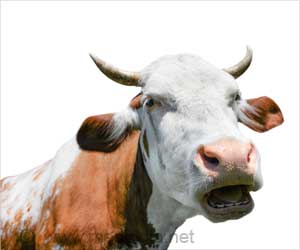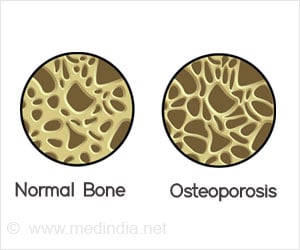China has rejected the U.S. warning against using its toothpaste as irresponsible and asserted that low levels of diethylene glycol (DEG) were not harmful.
China might be embarrassed over the recent barrage of criticism of its products. Pet food, fish, paste, the list seems to be endless. But if, in other instances, it tended to be on the defensive, in the case of toothpaste it asserts there is nothing wrong with its products.
The US Food and Drug Administration (FDA) on Friday in its advisory had warned consumers to avoid using tubes of toothpastes labelled as made in China, and issued an import alert to prevent toothpaste containing the poisonous chemical diethylene glycol (DEG) from entering the US. The FDA has raised concerns that the products may contain - diethylene glycol or DEG or diglycol stearate, used in solvents.China’s General Administration of Quality Supervision, Inspection and Quarantine said experts from the Health Ministry had deemed diethylene glycol a ``low-level'' poison that does not accumulate in the body and found no evidence the substance caused cancer or deformities.
It also said European Union standards allow for a certain amount of the chemical and cited a 2000 Chinese study that found toothpaste containing less than 15.6 percent diethylene glycol was not harmful. The Chinese toothpaste the FDA is concerned about contains between 3 percent to 4 percent of the drug, according to the FDA.
``Therefore the warning issued by the FDA ... is unscientific, irresponsible and contradictory,'' the agency said. The agency ``requests the U.S. clarify the facts in a scientific manner as soon as possible and properly handle the issue.'' It added, "So far we have not received any report of death resulting from using the toothpaste.
"All the toothpaste exported to the United States had been registered by the U.S. Food and Drug Administration for marketing in the States." Diethylene glycol, is an indispensable part of the modern world, an industrial solvent and prime ingredient in some antifreeze. But it could also be a killer. Reports suggest that it is used in the manufacture of cough syrup, fever medication, injectable drugs and the like by counterfeiters. They profit by substituting the sweet-tasting solvent for a safe, more expensive syrup, usually glycerin, commonly used in drugs, food, toothpaste and other products.
Toxic syrup has figured in at least eight mass poisonings around the world in the past two decades. Researchers estimate that thousands have died. In many cases, the precise origin of the poison has never been determined. China has been blamed as a major source of counterfeit drugs.
Advertisement
Panama’s death toll leads directly to Chinese companies that made and exported the poison as 99.5 percent pure glycerin. Forty-six barrels of the toxic syrup arrived via a poison pipeline stretching halfway around the world. Through shipping records and interviews with government officials, The New York Times traced this pipeline from the Panamanian port of Colón, back through trading companies in Barcelona, Spain, and Beijing, to its beginning near the Yangtze Delta in a place local people call “chemical country.”
Advertisement
Source-Medindia
GPL/M





